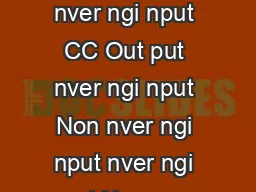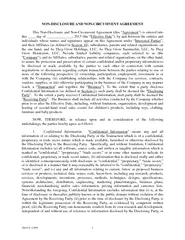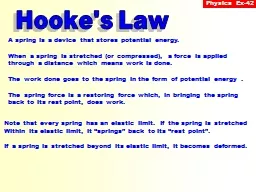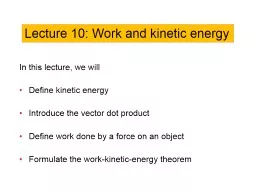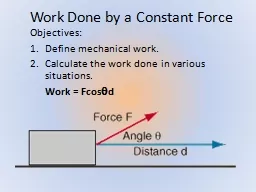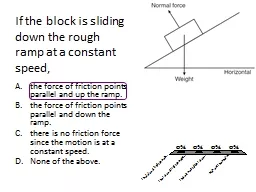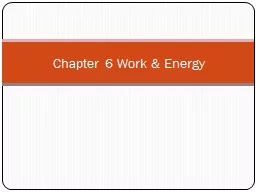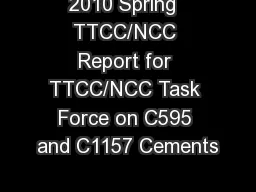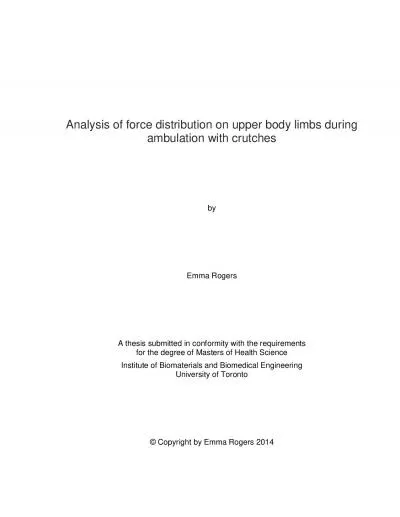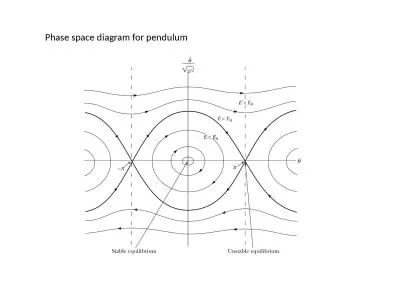PPT-Non-constant Force – spring intro. continued
Author : min-jolicoeur | Published Date : 2019-06-21
Constant force gravitation near Earth Time estimates for collisions Section 2729 Q 22 b Three carts are moving on three tracks Which carts experience a net force
Presentation Embed Code
Download Presentation
Download Presentation The PPT/PDF document "Non-constant Force – spring intro. co..." is the property of its rightful owner. Permission is granted to download and print the materials on this website for personal, non-commercial use only, and to display it on your personal computer provided you do not modify the materials and that you retain all copyright notices contained in the materials. By downloading content from our website, you accept the terms of this agreement.
Non-constant Force – spring intro. continued: Transcript
Download Rules Of Document
"Non-constant Force – spring intro. continued"The content belongs to its owner. You may download and print it for personal use, without modification, and keep all copyright notices. By downloading, you agree to these terms.
Related Documents


